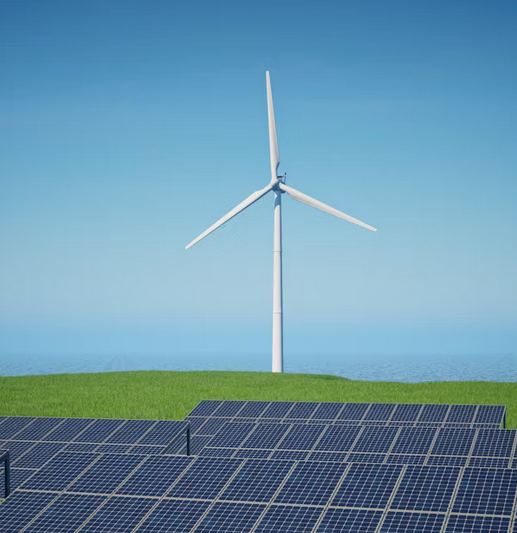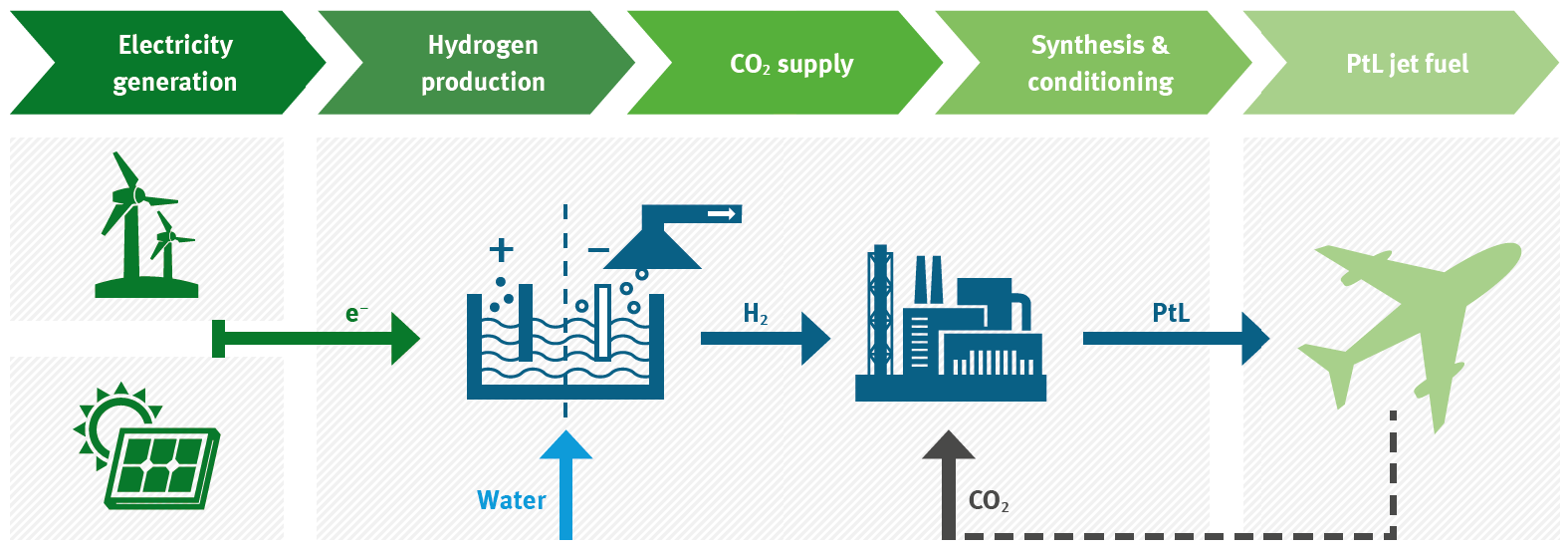Global renewable energy capacity reaches record high in 2024, yet falls short of 2030 targets

In 2024, the world added a record-breaking 585 gigawatts (GW) of renewable power capacity, marking a 15.1% increase and bringing the total global renewable capacity to 4,448 GW. This expansion accounted for 92.5% of all new power capacity additions, with solar and wind energy leading the growth—solar alone increased by 32.2%, reaching 1,865 GW. China contributed nearly 64% of the new capacity, while the G7 and G20 countries accounted for 14.3% and 90.3%, respectively. Despite these gains, the International Renewable Energy Agency (IRENA) warns that the current pace is insufficient to meet the global goal of tripling renewable energy capacity to 11.2 terawatts by 2030, which would require an annual growth rate of 16.6%.
IRENA’s Director-General, Francesco La Camera, emphasized the need for accelerated and equitable renewable energy deployment, highlighting persistent regional disparities. He urged governments to utilize the upcoming round of Nationally Determined Contributions (NDCs 3.0) to set clear renewable energy targets and called for enhanced international collaboration, particularly to support countries in the Global South. United Nations Secretary-General António Guterres echoed this sentiment, stating that while renewable energy is driving down the fossil fuel age and offering economic and environmental benefits, the transition must be faster and more inclusive to ensure all nations can reap the advantages of clean, affordable power.
Other News

